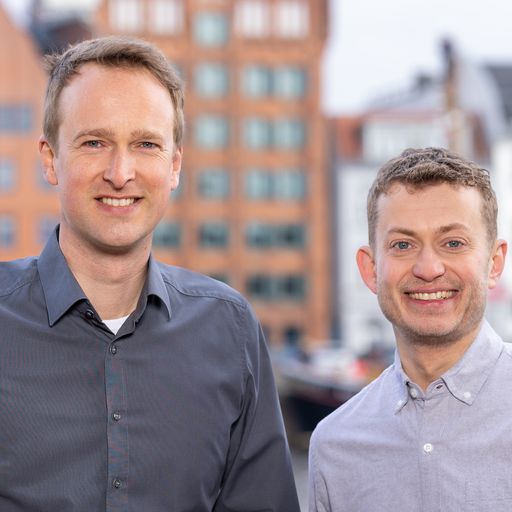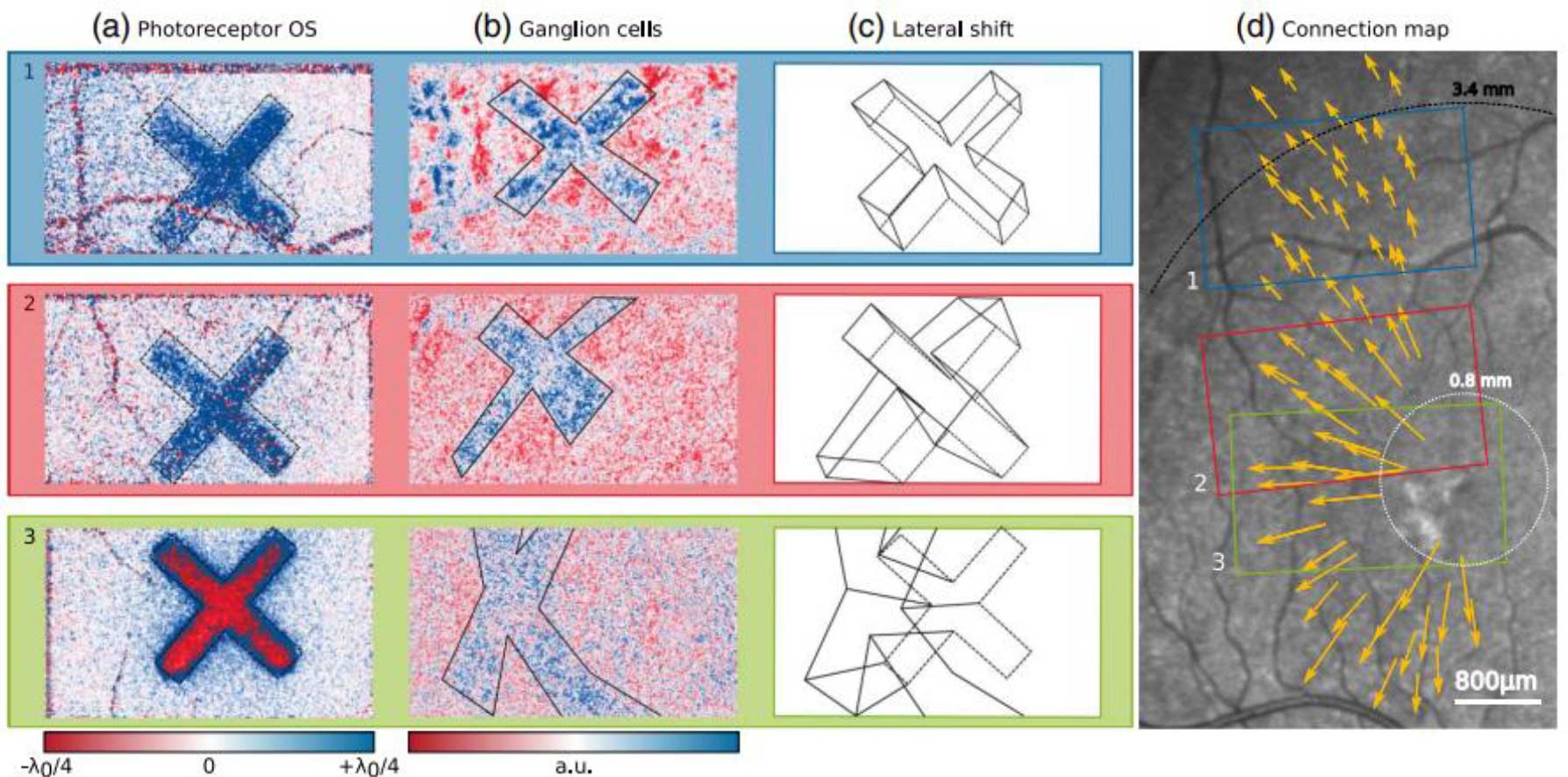Research team from the University of Lübeck is being recognized for elevating retinal imaging to a new level.
Heidelberg, Germany – Dr. Hendrik Spahr and Dr. Dierck Hillmann are being honored as winners of the 2023 Heidelberg Engineering Xtreme Research Award for their research on holographic optical coherence tomography (HOLO-OCT) and their ongoing effort to transfer this technology into clinical applications.

“We initially demonstrated what is possible in OCT when using an experimental high-speed imaging system that captures all the data points more or less at once,” the team explained. “We could suddenly correct imaging errors and use novel contrast, for example.”
With their adjustments, they were able to enhance resolution to visualize human photoreceptors in vivo with OCT.
“We can numerically correct defocus and other aberrations, allowing us to visualize the photoreceptor mosaic and other microstructures of the human retina that could otherwise not be resolved,” Dr. Spahr and Dr. Hillmann said. “The ability to image the photoreceptors and other layers of the retina and to investigate their function and response to incident light, holds immense potential for clinical diagnostics.”
Their research on holographic OCT thus provides further potential in adding functional contrast to OCT imaging, which previously was often limited to structural imaging.
Linkage of photoreceptors and ganglion cells can be measured

Intrinsic optical signal (IOS) patterns for different positions in the retina. Top row: in 3 mm superior temporal; center row: in 1.3 mm superior temporal; and bottom row: in 0.9 mm temporal from the fovea, as marked in the fundus image (right column). (a) Observed IOS patterns in the OSL and (b) in the GCL. Each pattern was outlined manually. (c) Corresponding edge points in the different layers were linked to generate the connection map (d). An SLO image (Spectralis, Heidelberg Engineering) of the subject is laid underneath. The white and black circles mark 0.8 mm and 3.4 mm from the center of the macula, respectively.
The team’s ongoing efforts to transfer these findings to traditional OCT systems are expected to provide the basis for next-generation clinical OCT solutions and for introducing more functional imaging in the clinical setting.
With the Xtreme Research Award, Heidelberg Engineering recognizes aspiring researchers and honors their outstanding projects and advancements to ophthalmic research. Over the years, novel research approaches by award winners have contributed to a better understanding of complex problems in ophthalmology and beyond.
Uncover more scientific innovations and explore research highlights that involve the company’s technologies at: https://www.heidelbergengineering.com/int/hescience/


